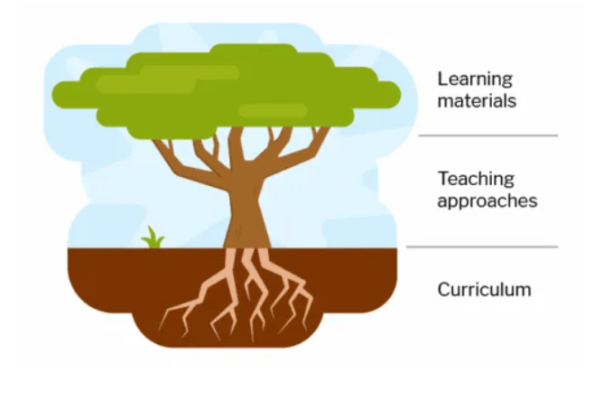UNICOM just released a working paper aimed at providing the basis for an educational framework addressing the topic of IDMP-related standards and terminologies.
The construction of an educational framework, providing suggestions and guidelines for curricula, aims to support the appropriate usage and support of widely applicable and used standards resulting in safer healthcare. It tries to achieve these results by ensuring that appropriate education is available for the people engaged in the implementation of IDMP and that a trusted level of knowledge and understanding of IDMP-related standards and terminologies can be requested from the people that will engage with this work.

Based on desk research, it was determined to make use of a so-called backwards design to draft the educational framework based on the desired outcome. By backtracking from the desired outcome to the means of instruction, the fitting methods and technologies could be identified. A public questionnaire together with conducted interviews with subject matter experts, led to the construction of five levels of education and relevant roles: Informative; foundation, Intermediate, advanced clinical and regulatory and advanced technical.
In order to keep the framework up to date and relevant, further expansion on these levels is encouraged to cater for specialisation and domain expertise. Constructing the actual curriculum for these five levels should be done in a joint effort by all organisations involved (Users of standards, Educators, Medicine Authorities, Standard Developing Organisations and IT-suppliers).
Due to the fact that industry organisations are likely to be most advanced in the implementation of IDMP, they are able to provide valuable input for the content of the curriculum. It is suggested that the constructed educational modules should be provided by not-for-profit (public) organisations and commercial educators while (international) independent organisations could be overseeing and safeguarding the quality of the education.
For a successful implementation and adoption of this educational framework and the related curricula, a number of prerequisites and recommendations were formulated.
- Firstly, lowering the threshold for obtaining basic information and use cases would significantly help in creating a widespread understanding of the standards and their usage. Such basic information should be made available freely and accessible for those interested in IDMP or working with the standards and terminologies.
- Furthermore, standards and terminologies have a tendency to grow to a size that is no longer properly manageable. By actively limiting new additions and constantly scrutinizing the existing body of the standards and terminologies, the size of the IDMP-related standards and terminologies can be kept at a manageable level without the loss of important nuances. This will help in keeping the size of IDMP and therefore the threshold to engage with this topic low for new users who are not familiar with IDMP and its usage.


